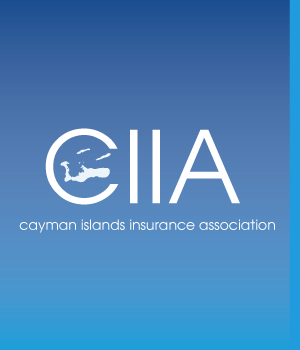I’m not much of a gambler, so I purchase a fair bit of insurance. Given the advances in climatology, the internet of things (IOT) and trends in severe weather occurrences, not having adequate property insurance is a gamble in which you will consistently lose.
The official hurricane season for the Atlantic Basin (the Atlantic Ocean, the Caribbean Sea, and the Gulf of Mexico) started on June 1st and runs until November 30th. The height of the season is between mid-August to late October but a dangerous hurricane can occur anytime during the hurricane season.
Beautiful Caribbean living comes with the caveat of the occasional hurricane. Although buying insurance isn’t the most attractive purchase, during hurricane season (and all year-round) consider it as more of a requirement, than an option.
One can argue some form of property ownership is unavoidable. Most of us prefer not to pay for hurricane damage to our property out of pocket. An even larger segment would prefer not to have a hurricane at all. Since hurricanes are becoming an unavoidable part of a Caribbean summer, risk transfer (insurance) the best alternative to protecting our beloved possessions.
Prior to the hurricane season is the ideal time to contact your insurance representative to confirm the details of your various policies. There’s still time to do this now, well in advance of a storm so that you have the opportunity to match your expectations to contractual reality. Be sure to confirm your policy coverage as well as key words and phrases within your policy. Look out for the following keywords:
Coinsurance, pro rata condition of average or average: is a term used when calculating a loss payment against a claim where the policyholder has undervalued the sum insured. This is often referred to as underinsurance. Underinsurance is when your insurance cover, or sum insured, is less than the specific value at risk.
Deductible/excess: a specified amount that has to be paid before your insurer will pay your claim. The specified amount can be expressed as a dollar figure or percentage of the sum insured
Mitigate loss: the spirit of the term in law is that a party who has suffered a loss (in our scenario under contract) has to take reasonable action to minimize the amount of the loss suffered. This may mean any reasonable measure taken to protect your property from further damage.
After realizing the impact of Hurricanes Irma and Maria, hurricanes shouldn’t come as a surprise to anyone. With the plethora of storm tracking apps and dedicated websites, anyone with a mobile phone or data connection can become their own neighborhood or family storm tracker. It is with these tools that you take further control of your timely preparation.
Don’t be afraid to ask your insurance representative a few tough questions. Knowing whether they have a disaster recovery plan, or how then plan to service you after a storm better informs you of how you will be serviced following a hurricane.
The single most important step in hurricane preparation is to have your property appraised to understand current rebuilding rates. You can only insure your home or building for the rebuilding cost not market value in the context of real-estate sales. Following Irma and Maria and to some extent Matthew, it was painfully evident many homes were not insured to value. Construction/rebuilding costs change over time. Following the passing of a hurricane, simple rules of economics come into play. The shortages of qualified and capable contractors in addition to readily available supplies drive up repair cost. This immediate inflation goes unchecked by local governments in a seemingly free-for-all by certain contractors. This often leaves the insured in a difficult position.
That said, the prudent home owner will have their buildings appraised, and then annually track the cost per square foot to rebuild and make the necessary adjustments to your policy. Maintain an adequate sum insured and you will eliminate the likelihood of average being applied to your claim, therefore leaving the contractor and your insurance representative to work out repair cost differences.
After the passing of a hurricane the following are suggested steps in improving your insurance experience.
- Inspect the interior and exterior of your home noting storm related damages
- Where possible begin loss mitigation efforts
- Create separate listings for the interior and exterior detailing the damages seen
- Contact your insurer via phone or complete a notice of loss form to be submitted
- Locate a contractor to provide a repair quote(s) to be submitted to your insurance representative
- Be patient, but speak up if your home is uninhabitable
It is critical that consumers understand the frailties of your local infrastructure. Flooding risk, organized crime, flat topography, limited telecommunications, and relative isolation play a critical role in how quickly Governments and businesses alike are able to resume operations. This again points back to managing expectations and adequate preparation.
Keep in mind that most insurers will not be inclined to provide you with property coverage days before a hurricane is due to impact your island. The good news is, there are still months of hurricane season left. The better prepared you are now, the less you will have to worry about later.
Larenzo Ratteray
Vice President – claims
BF&M Ltd., Bermuda


